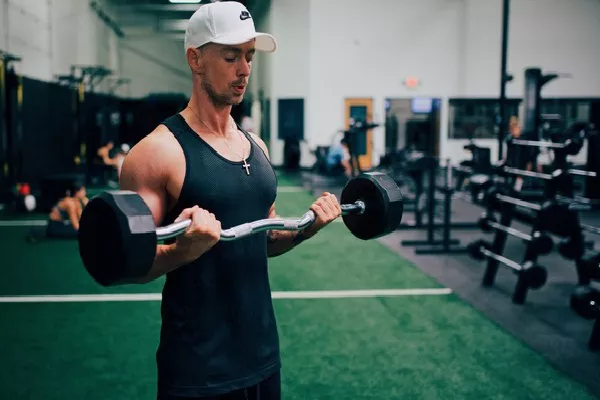When it comes to fitness, everyone wants a six-pack, toned abs that they can flaunt on the beach or at the gym. However, many people are unsure of how often they should be training their abs to achieve optimal results. In this article, we’ll discuss the science behind abdominal muscle growth and provide you with some guidelines to follow when it comes to training your abs.
Why Exercise Your Abs?
Before delving into the specifics of how often to train your abs, it’s important to understand why exercising your abs is essential. The core muscles (which include the abs) play a crucial role in stabilizing our body during movement and maintaining proper posture. A strong core also helps prevent lower back pain and injury.
In addition to health benefits, well-developed abs also have aesthetic benefits. A chiseled midsection is a sign of a fit and healthy body, which can boost self-confidence and improve overall well-being.
The Science Behind Abdominal Muscle Growth
To effectively train your abs, it’s essential to understand the science behind abdominal muscle growth. Our muscles grow through a process known as hypertrophy. Essentially, when we perform exercises that stress our muscles, tiny micro-tears occur in the muscle fibers. These tears then heal and rebuild, resulting in muscle growth.
However, unlike other muscles like the biceps or chest, the abs are primarily made up of slow-twitch muscle fibers. This means they don’t respond as well to heavy weights and low reps like other muscles. Instead, high reps and shorter rest periods are more effective for stimulating ab growth.
So, How Often Should You Train Your Abs?
Now that we understand the science behind abdominal muscle growth, the question remains: how often should you train your abs for best results? The answer varies depending on your fitness goals and current fitness level.
For beginners who are just starting to incorporate ab exercises into their routine, it’s recommended to perform ab exercises 2-3 times per week. This frequency allows for enough recovery time between workouts and helps prevent overtraining.
For intermediate and advanced fitness enthusiasts who have been training their abs consistently for several months, it’s safe to increase the frequency to 3-4 times per week. However, keep in mind that quality is just as important as quantity when it comes to ab training. Ensure you’re performing each exercise with proper form and engaging your core muscles fully.
It’s also essential to mix up your ab exercises regularly to prevent plateaus and boredom. Some effective ab exercises include planks, crunches, bicycle crunches, Russian twists, and leg raises.
Other Factors to Consider
While frequency is an essential factor in ab training, there are other factors to consider when crafting a well-rounded workout routine. Here are some additional tips to keep in mind:
Diet:
To achieve visible abs, it’s essential to maintain a healthy diet. A diet rich in protein, healthy fats, and complex carbohydrates can help reduce body fat, allowing your abs to become more visible.
Cardio:
Incorporating cardio into your routine can also aid in reducing body fat and revealing your abdominal muscles.
Rest and Recovery:
Your abs, like any other muscle, need adequate rest and recovery time to grow. Make sure you’re giving yourself at least one rest day per week where you’re not performing any ab exercises.
Variety:
As mentioned earlier, switching up your ab exercises regularly can help prevent plateaus and keep your workouts interesting. Try incorporating different exercises or altering the rep range to keep your muscles guessing.
Final Thoughts
In conclusion, how often you should train your abs depends on your fitness goals and current fitness level. Beginners should aim for 2-3 ab workouts per week, while intermediate and advanced fitness enthusiasts can increase their frequency to 3-4 times per week. However, quality is just as important as quantity when it comes to ab training, so make sure you’re performing each exercise with proper form and engaging your core muscles fully.
Remember that achieving visible abs also depends on factors such as diet, cardio, rest and recovery, and variety in your workout routine. By focusing on all these aspects and following the guidelines mentioned above, you’ll be well on your way to achieving a chiseled midsection that you can be proud of.
Related topics:


